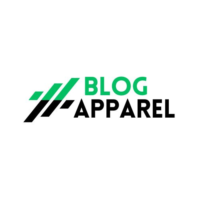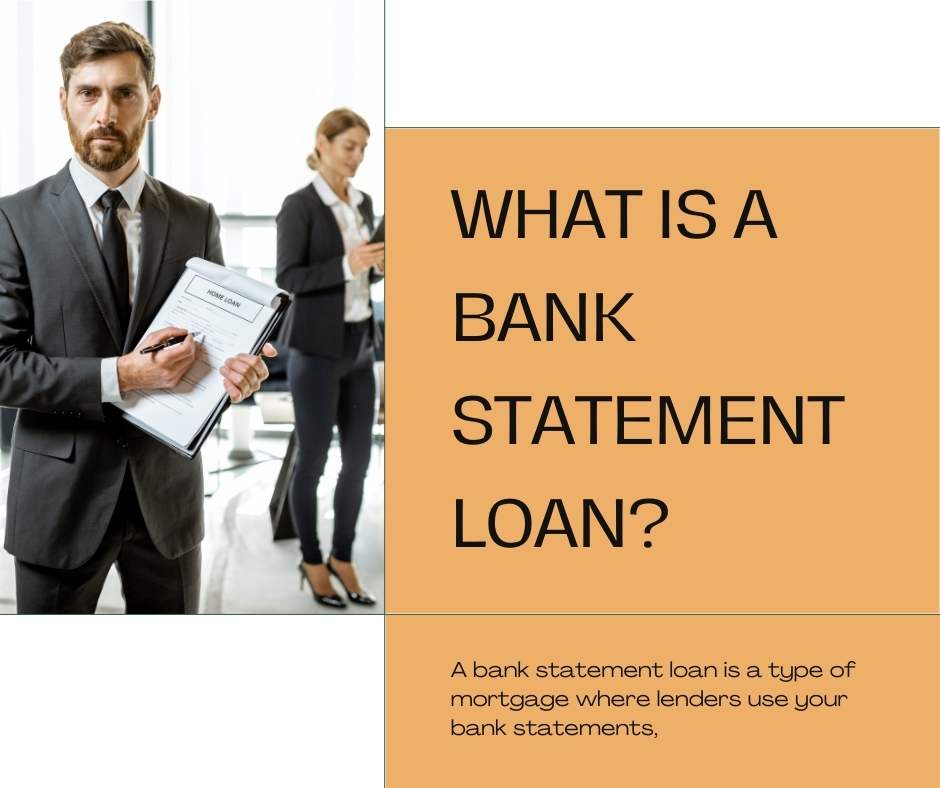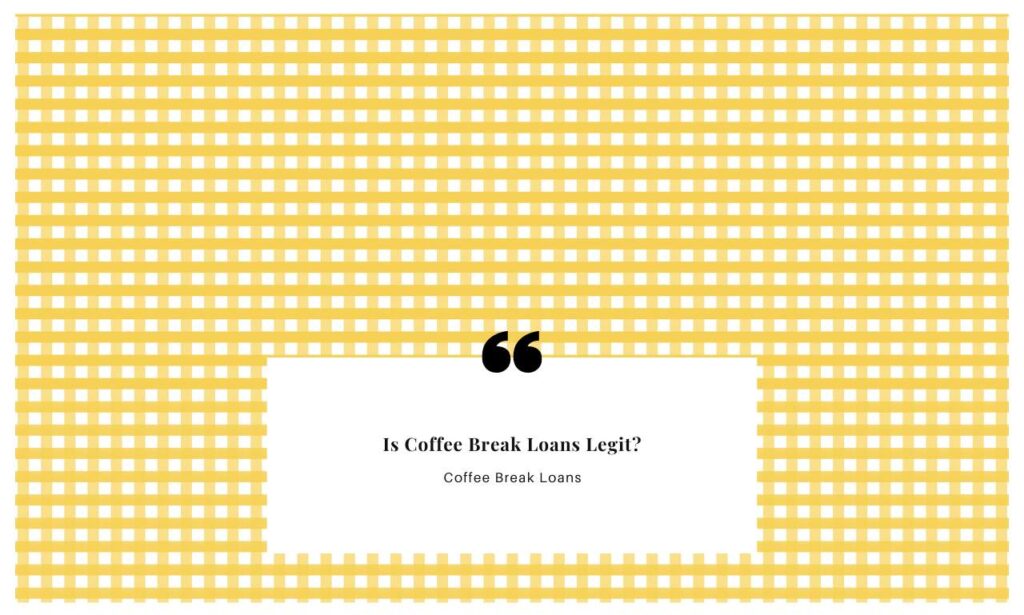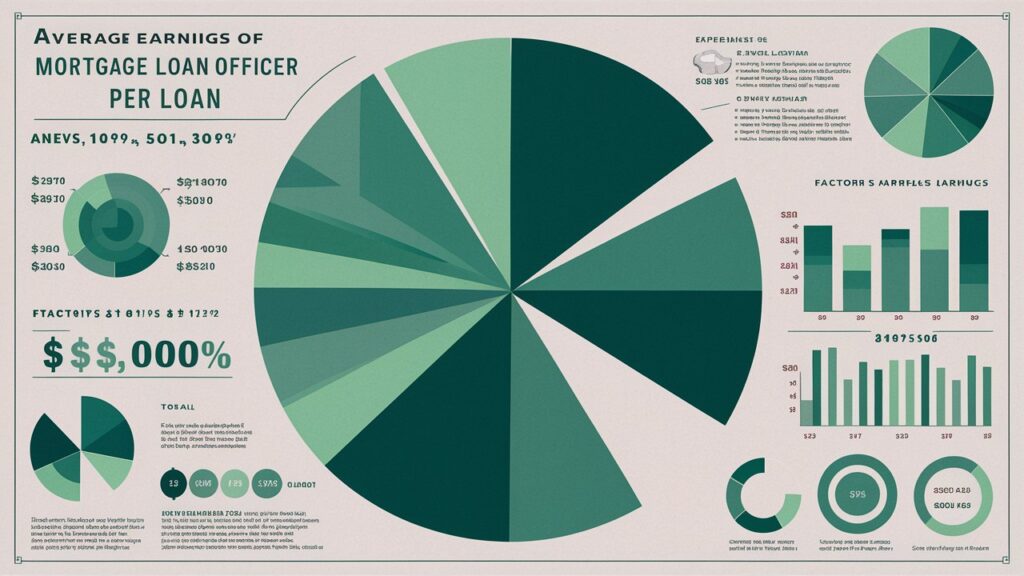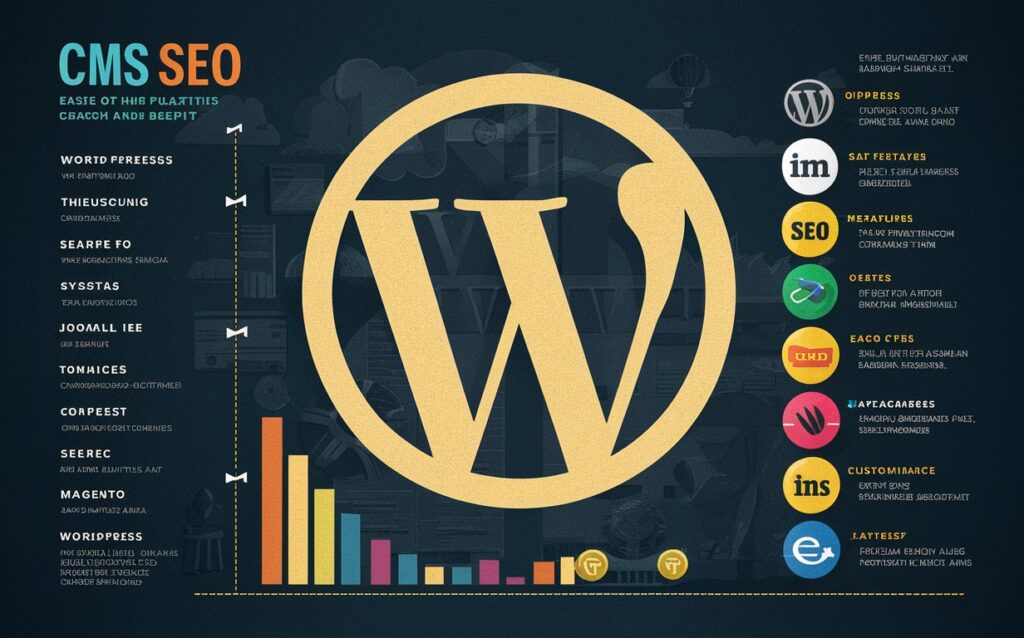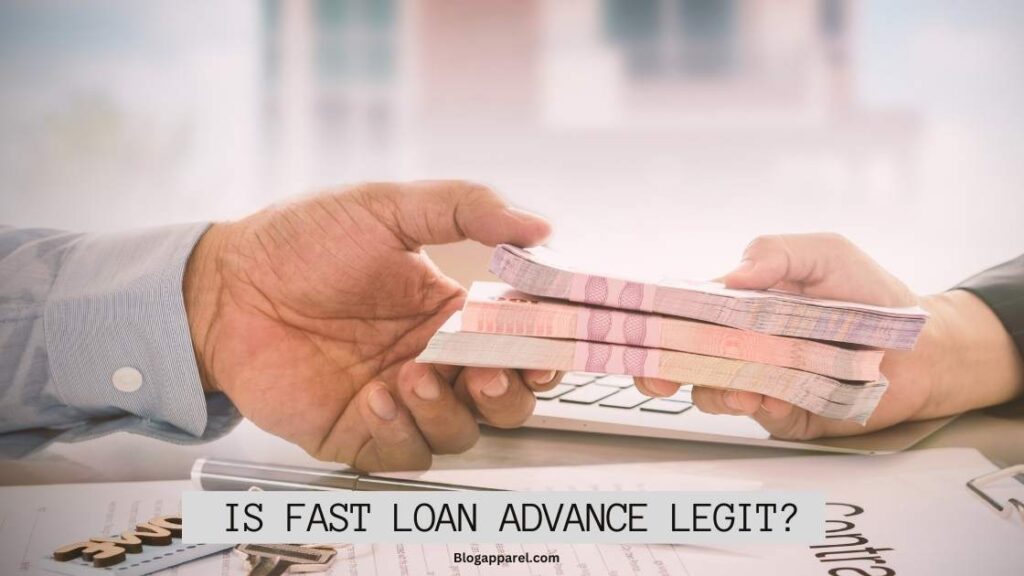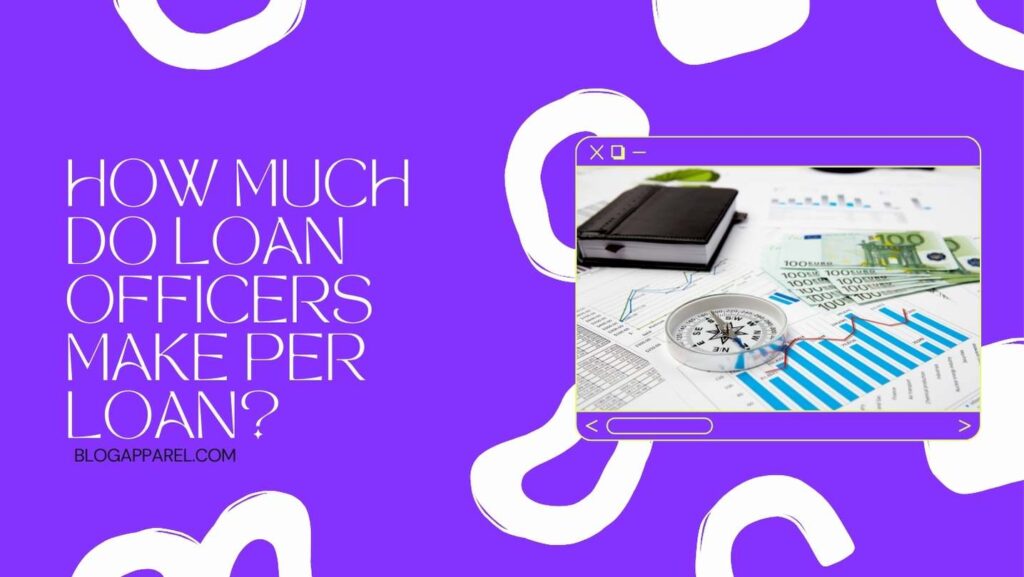A bank statement loan is a type of mortgage where lenders use your bank statements, rather than traditional income verification methods like W-2s or tax returns, to assess your ability to repay the loan. Self-employed borrowers often use it.
Introduction
In the evolving financial solutions landscape, the bank statement loan emerges as a beacon for self-employed individuals and entrepreneurs seeking mortgage opportunities. Unlike traditional loans that rely on W-2 forms and tax returns for income verification, bank statement loans utilize borrowers’ bank statements to gauge their financial health and repayment capacity. This innovative lending approach offers a lifeline to those with non-traditional income streams, providing a pathway to homeownership where conventional methods fall short.
Eligibility Criteria
Understanding the eligibility criteria is crucial for those exploring the unique financing path offered by bank statement loans. These loans cater to a distinct demographic, emphasizing alternative documentation to prove financial stability and repayment capability.
Self-Employment Requirements
Bank statement loans primarily serve the self-employed, who might have different income verification forms. Applicants must demonstrate a steady flow of income through their business, typically requiring at least two years of self-employment history to qualify.
Bank Statement Review
Lenders meticulously analyze applicants’ bank statements, usually 12 to 24 months, to assess income stability and cash flow. This review helps lenders understand the borrower’s average monthly income, considering peaks and troughs typical of self-employment.
Credit Score Considerations
Credit scores play a significant role in the approval process for bank statement loans. While requirements can vary, a robust credit score bolsters the borrower’s likelihood of approval, demonstrating a history of financial responsibility and creditworthiness.
Debt-to-Income Ratio
The debt-to-income (DTI) ratio is another critical factor, indicating the proportion of a borrower’s income that goes towards paying debts. A lower DTI ratio is favorable, suggesting that the borrower has sufficient income to manage loan repayments alongside other financial obligations.
The eligibility criteria for a bank statement loan require a clear understanding of these unique requirements. These loans offer a viable route to homeownership for self-employed individuals, provided they meet the lender’s conditions for income, creditworthiness, and financial stability.
Advantages of Bank Statement Loans
Bank statement loans stand out in the mortgage landscape, offering unique benefits tailored to the self-employed and those with unconventional income sources. These advantages cater to the specific needs of borrowers who might find traditional loan processes prohibitive.
No Tax Returns Required
One of the most significant benefits of bank statement loans is eliminating the need for tax returns for income verification. This is particularly advantageous for self-employed individuals whose tax deductions may lower their taxable income, potentially making it difficult to qualify for traditional loans.
Flexibility in Proof of Income
These loans offer unparalleled flexibility in proving income, accepting bank statements as the primary source of income verification. This approach allows borrowers to demonstrate their actual cash flow and financial health, bypassing the limitations of traditional income documentation.
Potentially Quicker Approval Process
The approval process for bank statement loans can be quicker than traditional mortgages. By simplifying the documentation required and focusing on real-time financial activity, lenders can assess a borrower’s eligibility more rapidly, leading to faster loan processing and approval.
Bank statement loans illuminate the path to homeownership for those who march to the beat of their financial drum, offering a solution that acknowledges the diversity of modern income streams. Through their adaptability, simplicity, and expedited approval processes, these loans embody a forward-thinking approach to lending, making the dream of homeownership accessible to a broader range of borrowers.
Disadvantages of Bank Statement Loans
While bank statement loans offer a viable path to homeownership for many, they also come with certain drawbacks that potential borrowers must consider. These disadvantages highlight the importance of weighing the pros and cons before proceeding with this type of loan.
Higher Interest Rates
Due to the perceived higher risk associated with not using traditional income verification methods, bank statement loans often carry higher interest rates than conventional mortgages. This can significantly affect the total cost of the loan over its lifetime, making it a crucial factor for borrowers to consider.
Larger Down Payments
Another potential downside is the requirement for larger down payments. Since lenders view these loans as higher risk, they may require borrowers to put down a substantial amount upfront to qualify, which can be a barrier for those with limited available funds.
Limited Lender Availability
Finding a lender that offers bank statement loans can be more challenging than locating one that provides traditional mortgages. This limited availability can make shopping for the best rates and terms more complex, potentially limiting the borrower’s options.
Bank statement loans, while providing a solution for those with non-traditional income sources, come with their own set of challenges, including higher costs and potentially restrictive terms. It’s essential for borrowers to fully understand these disadvantages and consider their long-term financial plans before deciding if a bank statement loan is the right choice for them.
How to Apply for a Bank Statement Loan
The application process for a bank statement loan requires preparation, research, and attention to detail. This pathway to securing a mortgage, designed for those with non-traditional income, involves several key steps to ensure eligibility and enhance the likelihood of approval.
Gather Necessary Documentation
The first step involves compiling the necessary documentation, primarily bank statements from the last 12 to 24 months. Additionally, borrowers should prepare proof of self-employment, such as a business license or letters from clients, and any relevant financial statements that showcase the health and stability of their income.
Choose a Suitable Lender
Not all lenders offer bank statement loans, so it’s crucial to research and select a lender with favorable terms and a reputation for working effectively with self-employed borrowers. Comparing several lenders can help identify the best fit for your financial situation.
Complete Application Process
Once a lender is chosen, the next step is to complete the application process. This typically involves completing a detailed application form and submitting the gathered documentation. Transparency and thoroughness in this step can significantly impact the loan’s approval chances.
Underwriting and Approval
After submission, the loan application enters the underwriting phase, where the lender reviews the documentation to assess risk and verify financial stability. This stage may involve additional queries from the lender. The loan is approved upon successful underwriting, paving the way for finalizing the mortgage terms and closing.
Applying for a bank statement loan is a structured process that demands diligence and accuracy from potential borrowers. By meticulously preparing and engaging with the right lender, individuals can navigate this unique lending path towards securing a mortgage that aligns with their financial landscape.
Tips for Securing a Bank Statement Loan
Successfully securing a bank statement loan, an innovative financial solution for non-traditional borrowers, hinges on strategic preparation and economic prudence. Here are pivotal strategies to enhance your eligibility and navigate the application process smoothly.
Maintain Organized Financial Records
Keeping your financial records meticulously organized is crucial. This includes your bank statements and any documents related to your income and business. Well-organized records can streamline the application process and make it easier for lenders to assess your financial health, ultimately improving your chances of loan approval.
Optimize Credit Score
Your credit score is a significant factor in the lender’s decision-making process. Before applying for a bank statement loan, optimize your credit score. This may involve paying down existing debt, disputing inaccuracies on your credit report, and avoiding new credit inquiries in the months leading up to your application. A higher credit score can lead to more favorable loan terms, including lower interest rates.
Minimize Debt-to-Income Ratio
Lenders evaluate your debt-to-income (DTI) ratio to determine your ability to manage monthly payments. To improve your prospects for a bank statement loan, minimize your DTI ratio by reducing outstanding debts and increasing your income. A lower DTI ratio signals to lenders that you have a manageable level of debt relative to your income, making you a less risky borrower.
Adhering to these tips can significantly bolster your application for a bank statement loan, positioning you as a financially responsible and attractive candidate to lenders. Demonstrating organized finances, a strong credit profile, and a healthy balance between debt and income will enhance your chances of securing a mortgage tailored to your unique financial situation.
FAQs
What exactly is a bank statement loan?
A bank statement loan is a type of mortgage designed for self-employed individuals or those with non-traditional income sources, where lenders use bank statements instead of traditional income verification to assess loan eligibility.
Who can benefit from a bank statement loan?
Self-employed professionals, freelancers, and entrepreneurs needing consistent W-2 forms or traditional proof of income can benefit from bank statement loans by leveraging their bank statements as proof of income.
What documents are required to apply for a bank statement loan?
Applicants typically need to provide 12 to 24 months of personal or business bank statements, proof of self-employment (like a business license or client contracts), and possibly a record of regular deposits to prove income stability.
Are interest rates higher for bank statement loans?
Yes, due to the perceived higher risk by lenders, bank statement loans often come with higher interest rates than traditional mortgage loans that require standard income verification.
Can a bank statement loan improve my credit score?
While the loan does not directly improve your credit score, responsible management of the loan—such as making timely payments—can positively impact your credit history over time, similar to other types of loans.
Conclusion
In conclusion, a bank statement loan offers a practical and flexible lending solution for those with non-traditional income streams, particularly benefiting self-employed individuals and entrepreneurs. By allowing bank statements to serve as proof of income, this loan type breaks down barriers to homeownership that many face with conventional lending criteria. However, it’s important for potential borrowers to carefully consider the higher interest rates and larger down payments typically associated with these loans. With the proper preparation and financial management, bank statement loans can be a valuable tool for achieving financial goals.
